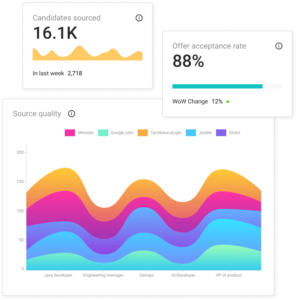How Tech Organizations Can Fix ATS Adoption Failures – A Problem-Solution Approach
A powerful ATS is useless if recruiters don’t use it. Discover how tech hiring teams can drive ATS adoption with the right strategies.
How Tech Organizations Can Fix ATS Adoption Failures – A Problem-Solution Approach Read More »










